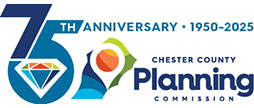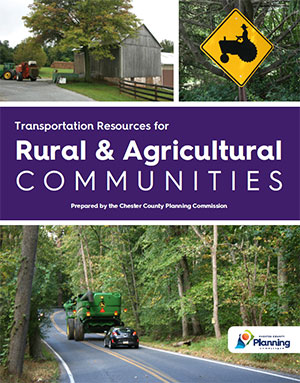Transportation Resources for Rural and Agricultural Communities
Introduction
Rural areas face unique challenges compared to their urban counterparts. In the United States, rural areas have:
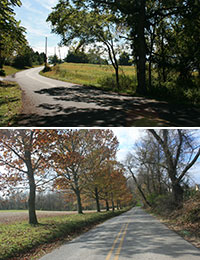
- Over 9X the amount of lane miles per 100,000 residents than urban areas.
- More roads to maintain with less funding available to maintain them.
- In 2020 the fatality rate per 100 million vehicle miles traveled was almost two times higher in rural areas than in urban areas. (NHTSA, 2022)
Chester County has 73 municipalities, and about 50 of those have rural and/or agricultural landscapes as defined by Landscapes3.
In 2023 and 2024, the Chester County Planning Commission's Multi-Modal Transportation Division reached out to these rural and agricultural communities through email, survey, and during multi-municipal meetings to learn more about roads in their communities that may be unsafe or have higher use by vulnerable road users, like cyclists or pedestrians.
The following resource aims to serve as a quick guide for the county's rural and agricultural communities and will broadly address safety in rural areas as well as provide information on complete streets policies, maintenance, funding, and training opportunities.
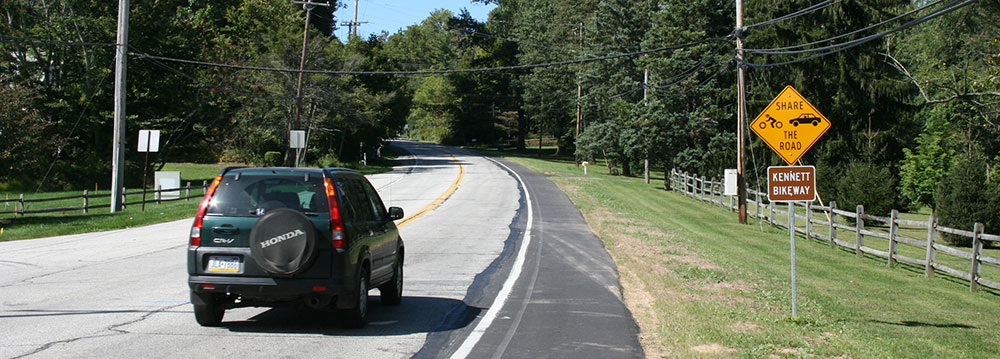
Safety
Safety is important on all roads. The US Department of Transportation has created a list of proven safety countermeasures that can be applied to any type of road. Many of these countermeasures include inexpensive and simple treatments.
Some examples of these treatments include:
- crosswalk visibility enhancements (lights, pavement markings, signs)
- the addition of medians and pedestrian refuge islands
- protected or separated bike lanes
- rumble strips
The US Department of Transportation claims that adding rumble strips to the center line of two-lane rural roads can result in the reduction of head-on fatal and injury crashes by as much as 64%.
Safety-Focused Funding Opportunities in our Region:
- The Delaware Valley Regional Planning Commission is focusing on regional safety concerns through the creation of a regional Vision Zero Plan, with the goal of zero traffic deaths by 2050. This plan will create a framework to address traffic safety concerns throughout the region and help municipalities and counties qualify for federal Safe Streets for All implementation grant funding programs.
- Automated Red Light Enforcement Transportation Enhancements Grant Program is funded through the net revenue of fines collected through Automated Red Light Enforcement Systems (ARLE) and Automated Speed Enforcement Systems (ASE), which are tools that identify and fine drivers who do not obey traffic signals.
Chester County Planning conducted surveys to farmers and municipal officials in our agricultural communities. Participants were asked questions based on the dangers of moving farm equipment on roadways shared with other vehicles. Additional questions were asked about roadway safety, conditions, and driver behaviors.
Participants were asked about dangerous behavior they experienced while moving farm equipment.
Of the 65 respondents,
- 87% said that unsafe passing was the most common type of hazardous driver behavior;
- 67% of respondents said that beyond unsafe passing, tailgating was the most common type of dangerous driver behavior; and
- 65% reported that the average driver's lack of understanding of where a farm vehicle's blind spots exist created the most common dangerous behavior they experienced.
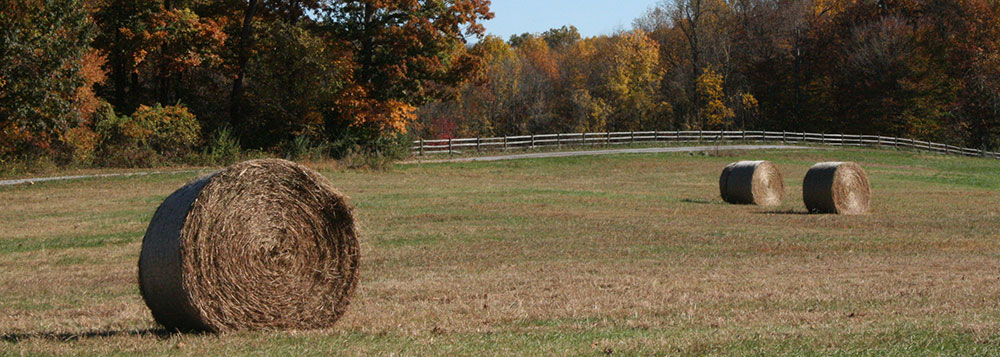
Farm Equipment & Implements of Husbandry on the Roadway
Chester County is known for its agriculture, and notably, its mushroom farms. During planting and harvest seasons, sharing the road with agricultural equipment may leave many drivers uncertain about how to navigate alongside this unique type of traffic safely.
Farm vehicles and implements of husbandry are two different types of vehicles and have different rules on Pennsylvania roads.
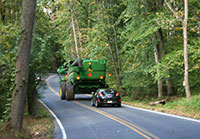
- The PA DMV defines a farm vehicle as a truck or tractor trailer used exclusively for agriculture, including pick-up trucks, grain trucks, tanker trucks and cattle trucks (including tractor trailers). These trucks are governed by the same rules as other vehicles of similar size and purpose. For more information, visit PennDOT's Farm Vehicles webpage.
- Vehicles like tractors, sprayers, combines, bailers, etc. are referred to as an implement of husbandry. Those vehicles have different rules governing them.
— For instance, during daylight hours any implement of husbandry not exceeding 14 feet 6 inches in width may be driven, hauled or towed any amount of time or distance on highways (other than freeways) with few restrictions. Pennsylvania's Implements of Husbandry brochure expands on the laws governing these machines on roadways.
When drivers share the road with instruments of husbandry, they should be encouraged to slow down, and only pass if and when it is completely safe. If the equipment is larger than the lane, drivers should pull over when they can and wait for the vehicle to pass or simply wait patiently for the operator to pull over themselves.
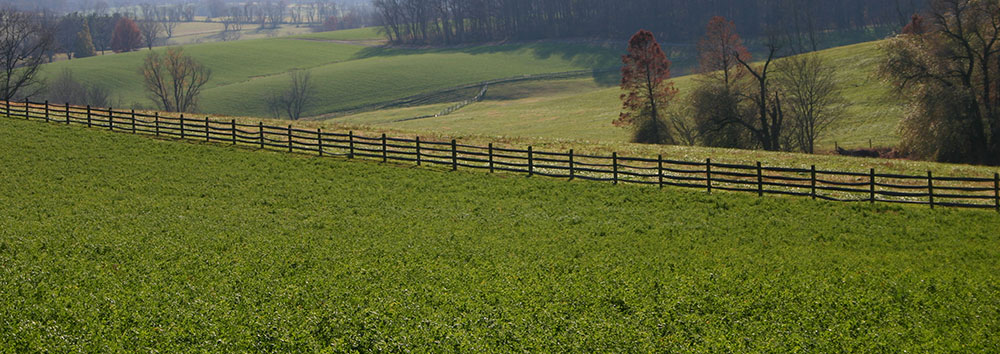
Maintenance
Maintenance work is an inevitable part of running a municipality, and often, a cause of stress. In winter, keeping roads free from excess snow and ice can pose a challenge for municipalities.
It's important to form an effective winter storm maintenance plan using best practices like those listed in PennDOT's Winter Maintenance Infographic sheet.
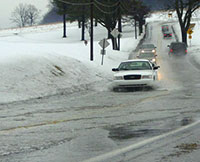
- For example, road salt is most effective when it is being crushed and spread by car tires (think higher volume roads) and is less effective below 25 degrees. On lower volume roads, salt can be mixed with anti-skid, or an anti-skid material can be used alone.
In the warmer months, vegetation can cause issues by blocking sight distances; with branches hanging lower into the roadways, and leaves blocking drainage systems. PennDOT standards for vertical clearance on roadways is 14ft and the horizontal clearance standard is 4.5ft from the edge of the paved roadway.
Many municipalities have found it useful to create a Capital Improvements Plan or another similar plan to maintain a cycle of upkeep and lessen the financial burden of maintenance. This guide to creating a Multi-Year Capital Plan from the New York State Comptroller is a great resource for municipalities looking to create their first capital plan.
PennDOT offers municipalities the opportunity to be a maintenance partner through these agreements:
- Winter Traffic Services Agreement: municipalities receive an upfront annual lump sum to remove snow and ice from state roads.
- Agility Program: services are returned in kind. Agility enables PennDOT and its partners to exchange services, equipment and staff without monetary payments.
- Comprehensive Maintenance Agreement: municipalities assume minor maintenance of state-owned roadways, such as vegetation control, culvert repairs, patching, and tar application, in exchange for reimbursement.
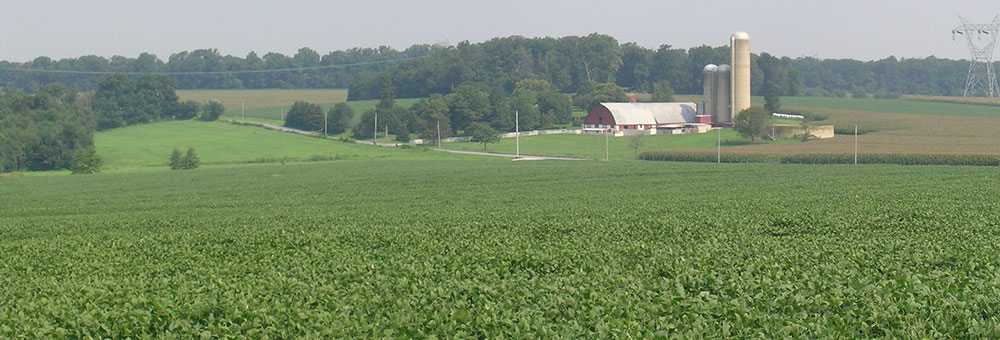
Training
For municipalities that are interested in free technical assistance and education, PennDOT administers a Local Technical Assistance Program (LTAP) that provides both online and in person trainings and support. These trainings cover subjects ranging from highway safety to infrastructure management.
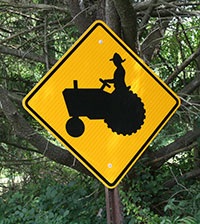
- The PennDOT Guidebook for County and Municipal Officials explains best practices, standards, and programs pertaining to maintenance and funding.
- A PennDOT Salt & Snow Management Course explains best practices for municipalities who want to streamline their winter maintenance activities.
- PennDOT District 6 Municipal Services Representatives are a great resource for explaining the liquid fuels funding process to municipalities.
- The National Highway Institute Online Training site provides opportunities to learn more about transportation planning and comprehensive roadway engineering and maintenance practices.
- The American Public Works Association is a great resource for public works professionals looking for networking and education opportunities.
- The Pennsylvania State Association of Township Supervisors is a resource for information, education, and funding opportunities for all municipal professionals.
- The Federal Highway Administration created a Manual for Selecting Safety Improvements on High-Risk Rural Roads to help municipalities identify where safety improvements will have the largest impact.
- The National Center for Rural Road Safety serves as a hub for safety training, resources, and technical assistance.
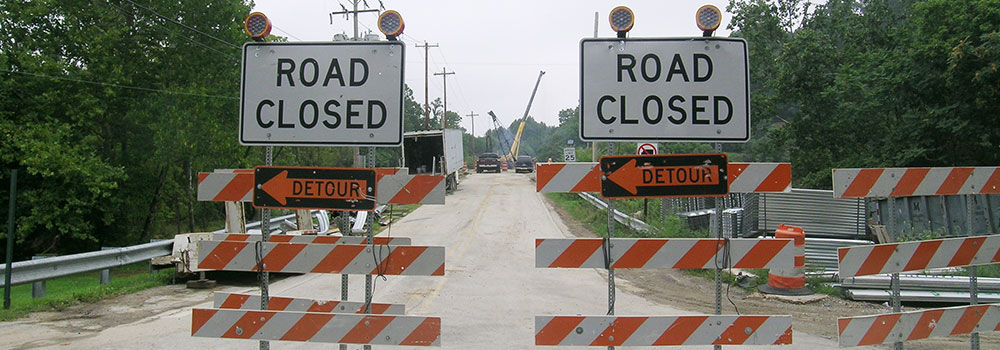
Funding Opportunities
Funding aimed at improving local transportation networks can be through federal, state, or local programs. The list of programs in this section were chosen because they are better suited to rural and agricultural communities and do not require the resource allocation that some other programs do.
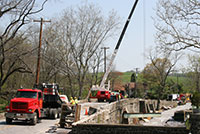
Bridges
The Delaware Valley Regional Planning Commission administers a Municipal Bridge Retro Reimbursement Program in partnership with PennDOT. This program funds locally owned, poor-condition bridges that need rehabilitation or full replacement. Funding is available for bridges with a span of as short as 8ft.
The Multimodal Programs listed below may also be used to fund bridge improvements.
Roadway Repairs
Pennsylvania municipalities receive Liquid Fuels funds obtained through the gas tax, based on traffic volumes. These funds can be used as a match for state grant and reimbursement programs.
For improvements to locally-owned unpaved or low-volume roads, the Chester County Conservation District administers a Dirt, Gravel, and Low-Volume Roads Program. This program provides grants for municipalities to improve roads that have been identified as sources of sediment pollution.
There are two Multimodal Transportation funds available to Pennsylvania municipalities that provide awards to a broad range of project types (including roadways, bridges, culverts, and multimodal projects) and has a simple application process-making it a great resource for municipalities.
PA's Statewide Local Share Grant Program funds a wide range of project types. This program is authorized through the PA Racehorse Development and Gaming Act (Act 2004-71). Pennsylvania collects funds from slot machine licensing throughout the state and those funds are dispersed through this grant program. The goal of this program is to improve the quality of life for Pennsylvanians and can provide funding for unconventional projects. It also does not require matching funds, making it a good fit for municipalities with lower resources.
More information about funding programs for municipal projects can be found on our Municipal Corner.
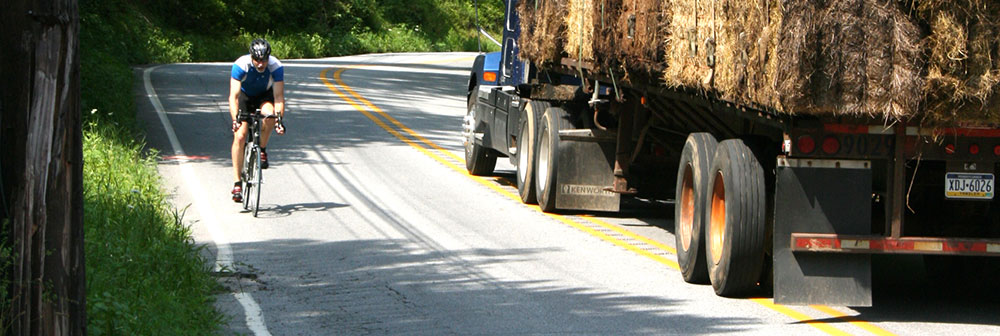
Policy and Design Resources
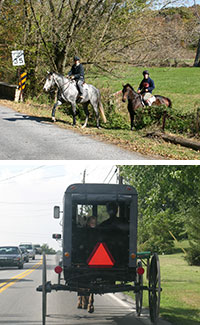
Rural areas share their roads with equestrians, buggies, pedestrians, cyclists, freight, delivery, and farm equipment, which can make planning and designing safe roadways more complicated.
Chester County's Complete Streets policy highlights the need for roads to be safe for all users, including pedestrians, cyclists, equestrians, buggies, cars, tractors and other agricultural equipment frequently in use.
The Delaware Valley Regional Planning Commission administers a program in partnership with PennDOT called the,"Complete Streets Resurfacing Program" where state-owned roads are evaluated for treatments like bike lanes, striped shoulders, and sharrows.
Chester County's Rural Landscapes and Agricultural Landscapes Design Guides provide a great resource for policy and design examples specifically geared toward appropriate development and design strategies for rural and agricultural communities.
Contact Us
Brian Styche, Director Multimodal Planning Division
bObfuscationstyche@Obfuscationchesco.org
Patty Quinn, Transportation Planner
pObfuscationquinn@Obfuscationchesco.org
